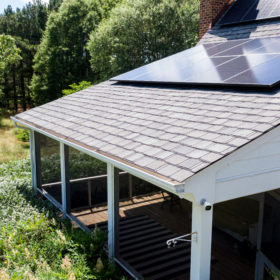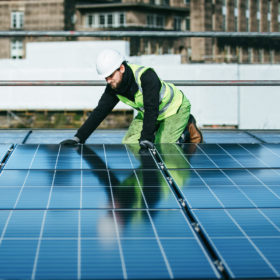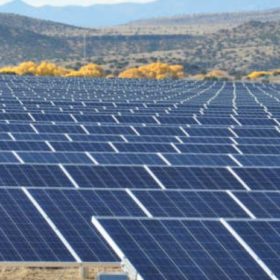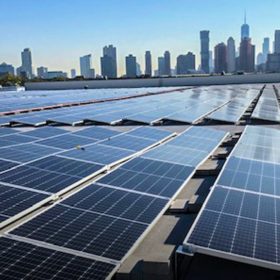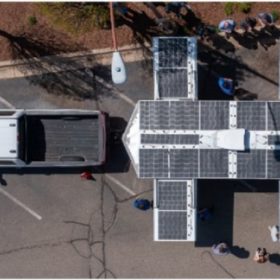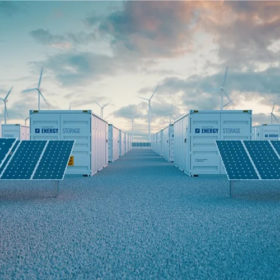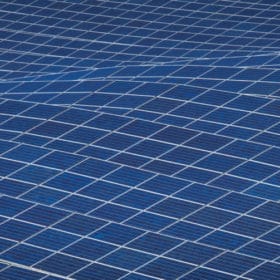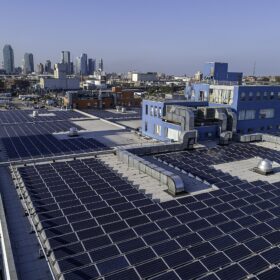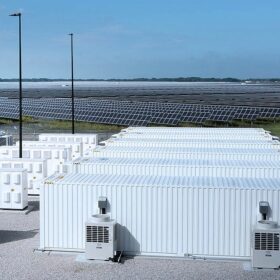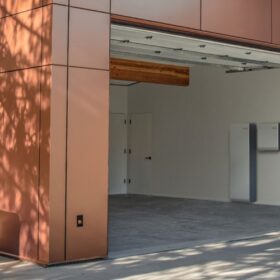New “on demand” rooftop solar investing platform
Ranging from as little as one panel to a whole rooftop’s worth, Legends Rooftop is an online tool that enables investors to purchase off-site rooftop solar panels as a financial investment.
Utility Dominion Energy Virginia enters rooftop solar space
The company’s residential and commercial solar arm, BrightSuite, is a full-service provider of solar and EV charging.
Consortium commits to spending $6 billion on US-made solar modules
AES, Clearway Energy Group, Cypress Creek Renewables, and D.E. Shaw Renewable Investments buying consortium launches RFP to look for qualified American manufacturers.
New Mexico community solar rules adopted by regulators
New Mexico Public Regulation Commission (PRC) formally adopted rules to implement a community solar program in the state that includes a 30% carve out for low-income customers and organizations.
Sunrise brief: Environmental group calls on PG&E to design grid around distributed rooftop solar
Also on the rise: $27 million in land lease payments for two solar facilities on public land. Strategy announced for preventing the importation of goods mined or produced using forced labor from the Chinese region of Xinjiang. And more.
50 states of solar incentives: New York
New York has steadily ranked as a top 10 solar market in the United States, buoyed by strong incentives and innovation.
Sesame Solar mobile nanogrids powered by solar and green hydrogen
Climate resilience solutions come pre-fabricated to generate clean, off-grid power for essential services and emergency response needs.
Power Factors acquires Inaccess
The deals adds SCADA, power plant and battery control, and energy marketing offerings to Power Factors’ platform, and increases the company’s customer asset management portfolio to nearly 200 GW.
Environmental group calls on PG&E to design grid around distributed rooftop solar
California utility Pacific Gas and Electric can save billions of dollars for its ratepayers while supporting the environment with a distributed solar strategy, said Environmental Working Group.
$27 million in land lease payments for two solar facilities on public land
The Bureau of Land Management has approved a 50-year “right of way” request for 465 MW of solar power in Southern California.

